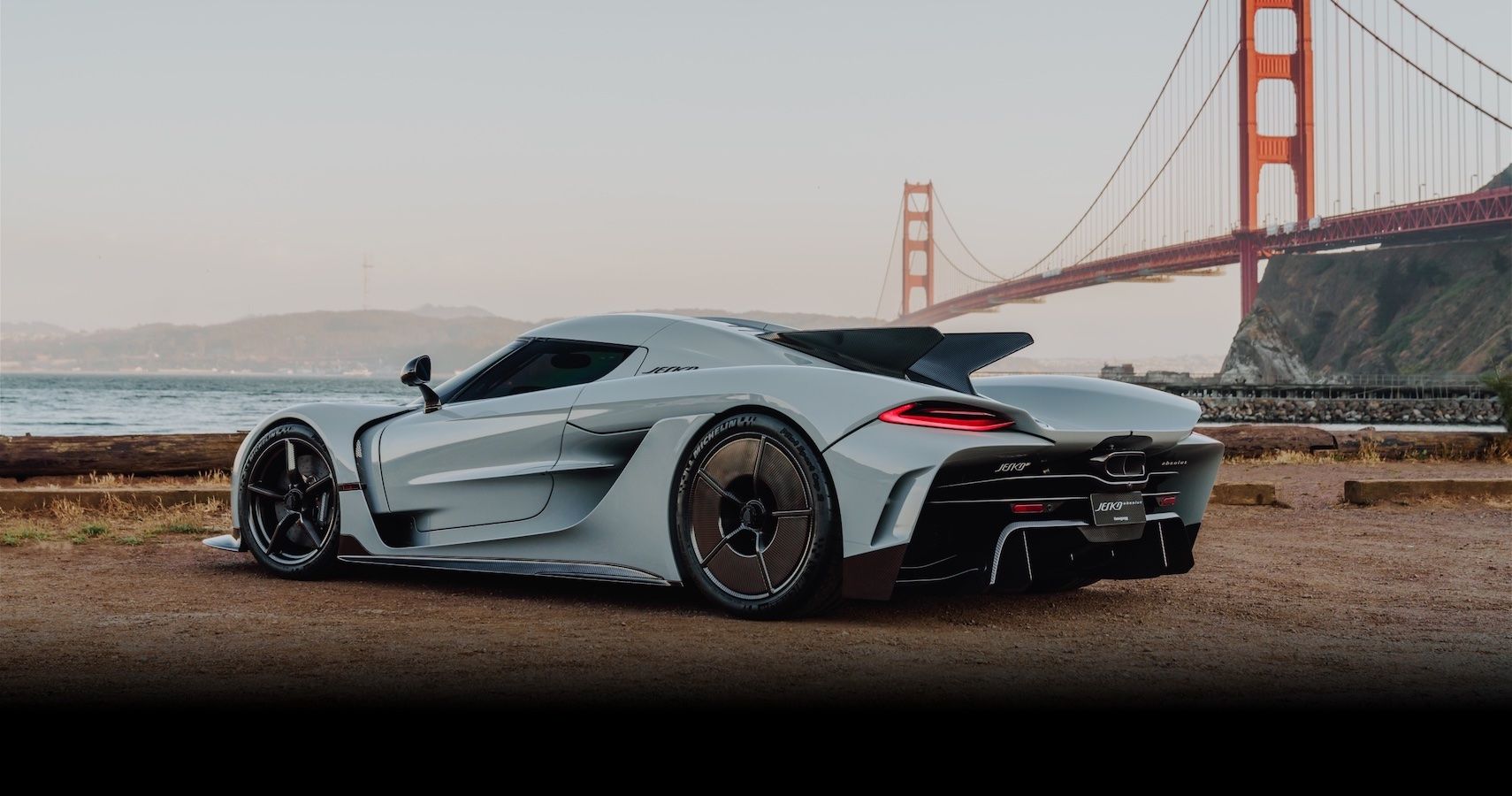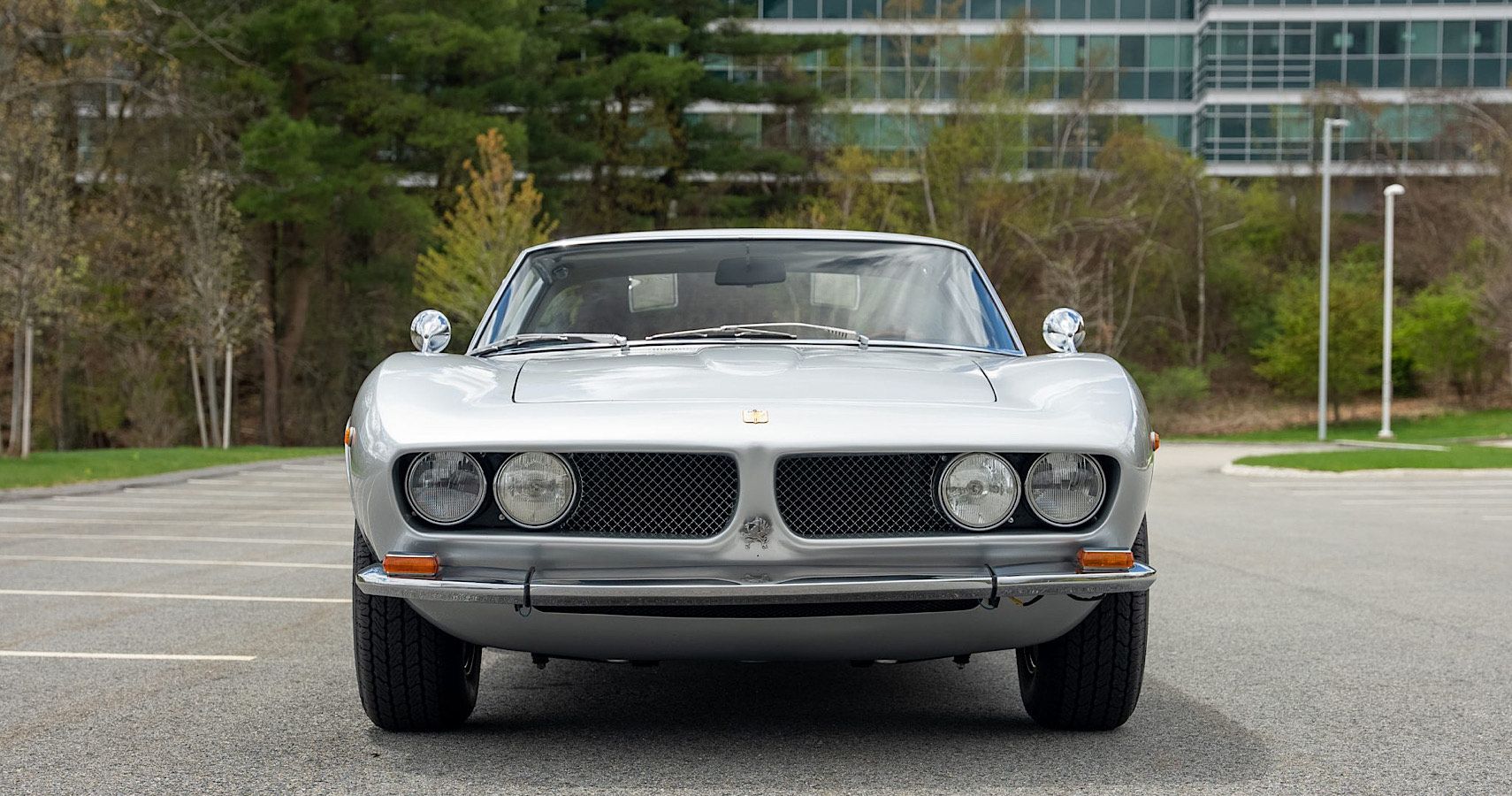Timeless Elegance and Enduring Innovation: Classic European Cars That Made History
European automobiles have long been celebrated for their blend of sophisticated design, engineering prowess, and a touch of luxury. Over the decades, certain models have transcended their role as mere modes of transport, becoming cultural icons and pivotal players in automotive history. These classic European cars not only defined their eras but also paved the way for future innovations and shaped the automotive landscape we know today.
1. The Ford Model T (European Influence):
While conceived and manufactured in America, the Ford Model T’s impact reverberated across the globe, including Europe. Its affordability and mass production techniques, inspired in part by European manufacturing processes, revolutionized transportation. It wasn’t just a car; it was a symbol of accessibility and the dawn of personal mobility for the masses.
2. The Citroën Traction Avant (1934):
A true game-changer, the Citroën Traction Avant was a technological marvel in its time. This front-wheel-drive pioneer featured a monocoque chassis (a body structure that integrates the frame and body), independent suspension, and hydraulic brakes – features that were revolutionary for the 1930s. Its advanced engineering set a new standard for vehicle handling and safety, influencing car design for decades to come. The Traction Avant was not just a car; it was a testament to forward-thinking engineering.
3. The Volkswagen Beetle (1938):
Originally conceived as the "People’s Car" for Nazi Germany, the Volkswagen Beetle emerged from the ashes of World War II to become a global phenomenon. Its simple, reliable design, air-cooled engine, and affordability made it a favorite among drivers worldwide. The Beetle’s enduring popularity and quirky charm cemented its status as an icon of post-war automotive culture. It proved that practical and economical could also be stylish and endearing.
4. The Jaguar E-Type (1961):
Enzo Ferrari famously called it "the most beautiful car ever made," and the Jaguar E-Type certainly lived up to the hype. With its long bonnet, curvaceous lines, and exhilarating performance, the E-Type was a true sports car icon. Its advanced independent suspension and disc brakes, combined with a powerful engine, delivered a driving experience that was both thrilling and refined. The E-Type wasn’t just a car; it was a work of art that captured the spirit of the swinging sixties.
5. The Mini Cooper (1959):
Born out of the Suez Crisis and the need for fuel-efficient vehicles, the Mini Cooper was a stroke of genius. Designed by Alec Issigonis, its transverse engine layout and space-saving design maximized interior room while maintaining a compact footprint. The Mini’s nimble handling and go-kart-like driving dynamics made it a hit on the rally circuit, further cementing its legendary status. The Mini proved that small could be mighty and that practical could also be fun.
6. The Mercedes-Benz 300 SL Gullwing (1954):
With its distinctive gullwing doors and sleek, aerodynamic design, the Mercedes-Benz 300 SL was a true showstopper. Inspired by the company’s successful racing cars, the 300 SL was one of the first production cars to feature fuel injection, delivering impressive performance for its time. Its combination of stunning looks and advanced technology made it a coveted status symbol for the wealthy and a symbol of post-war German engineering prowess.
7. The Citroën DS (1955):
The Citroën DS was a revelation when it debuted at the 1955 Paris Motor Show. Its futuristic design, hydropneumatic suspension (which provided an incredibly smooth ride), and power-assisted steering and brakes were years ahead of their time. The DS wasn’t just a car; it was a symbol of French innovation and a testament to the power of unconventional thinking. It remains an icon of automotive design and engineering.
8. The Porsche 911 (1963):
The Porsche 911 is a testament to the power of evolution, not revolution. While its basic design has remained remarkably consistent over the decades, the 911 has continuously evolved and improved, becoming one of the most iconic and successful sports cars of all time. Its rear-engine layout, distinctive silhouette, and exhilarating performance have made it a favorite among driving enthusiasts for generations. The 911 is a symbol of German engineering excellence and a reminder that sometimes, the best ideas are the ones that endure.
9. The Range Rover (1970):
Before the Range Rover, off-road vehicles were generally utilitarian and uncomfortable. The Range Rover changed all that, combining rugged off-road capability with a luxurious interior and refined driving experience. It essentially created the luxury SUV segment and paved the way for a whole new breed of vehicles. The Range Rover proved that you could have both adventure and comfort in one package.
10. Ferrari 250 GTO (1962):
The Ferrari 250 GTO is arguably the most coveted and valuable car in the world. Built for racing, it combined a powerful V12 engine with a lightweight chassis and stunningly beautiful bodywork. Its racing pedigree and limited production numbers have made it a collector’s item of unparalleled status. The 250 GTO represents the pinnacle of 1960s Italian sports car design and engineering.
The Enduring Legacy
These classic European cars represent more than just automotive history; they are cultural artifacts that reflect the values, aspirations, and technological advancements of their respective eras. They continue to inspire designers, engineers, and enthusiasts alike, reminding us of the power of innovation, the beauty of design, and the enduring appeal of the open road.
Their legacy is evident in the design cues, engineering principles, and even the marketing strategies employed by automakers today. These cars have not only shaped the past but continue to influence the future of the automotive world. They stand as timeless reminders of the passion, creativity, and ingenuity that drive the pursuit of automotive excellence.

